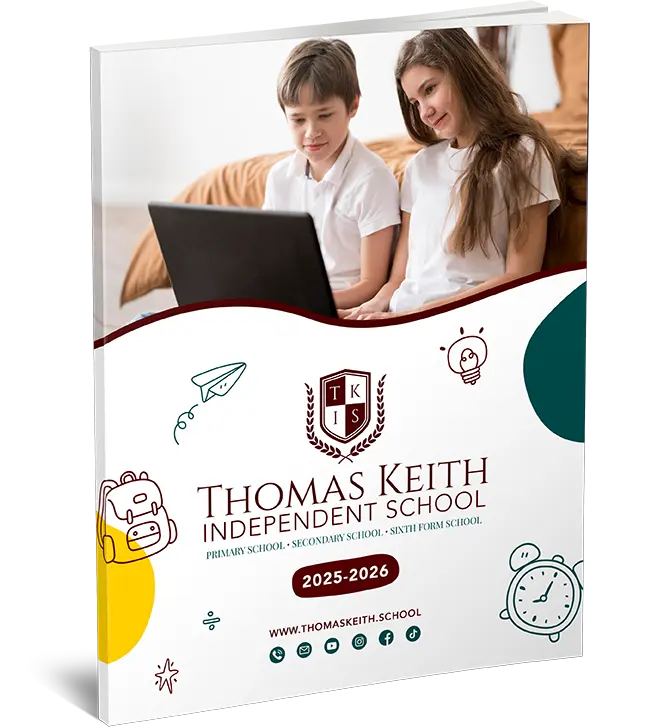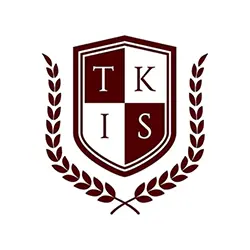Rhyming poems are an excellent way to introduce young learners to the beauty of poetry. They help children develop their language skills, improve memory, and spark creativity. This article explores rhyming poems for KS1 (Key Stage 1) and KS2 (Key Stage 2) students, providing tips for creating engaging content for these age groups. We’ll also highlight an example from Thomas Keith Online Independent School.

What Are Rhyming Poems?
Rhyming poems are structured verses where the ending words of certain lines rhyme. They are enjoyable for children because they are easy to read, recite, and remember. Rhymes also play an essential role in phonics and early literacy development.
Rhyming Poems for KS1
KS1 students are typically between 5-7 years old. At this stage, simple and engaging rhymes work best. Poems should focus on:
- Repetition: Helps children recognise patterns and predict rhymes.
- Themes: Use familiar topics such as animals, nature, or everyday routines.
- Structure: Short lines with simple vocabulary.
Examples:
- The Cat Sat on the Mat“The cat sat on the mat,
Wearing a funny red hat.
It looked up and saw the sky,
Watching the birds fly by.”
Benefits:
- Encourages early reading skills.
- Improves listening and pronunciation.
- Makes learning fun and interactive.
Rhyming Poems for KS2
KS2 students, aged 7-11, are ready for more advanced rhymes. These poems can introduce creative themes, storytelling, and humour while maintaining clarity.
Features:
- Varied Vocabulary: Introduce descriptive words that expand language skills.
- Narrative Poems: Encourage storytelling through rhymes.
- Themes: Include exploration, imagination, and relatable experiences.
Examples:
- The Brave Little Fox“A brave little fox once wandered far,
Dreaming of lands beneath the star.
It climbed the hills and crossed the streams,
Chasing its wild and daring dreams.”
Benefits:
- Enhances creativity.
- Builds confidence in reading aloud.
- Teaches rhythm and fluency in language.
How Thomas Keith Online Independent School Supports Poetry Learning
Thomas Keith Online Independent School uses interactive lessons to teach rhyming poems. Students explore poetry through fun activities such as:
- Writing workshops: Children create their rhymes.
- Reading sessions: Exposure to a variety of classic and modern poems.
- Creative challenges: Turning daily experiences into rhyming verses.
By integrating rhymes into the curriculum, students develop strong literacy skills while enjoying the process.

FAQs
1. Why are rhyming poems important for young learners?
Rhyming poems improve phonemic awareness, language skills, and creativity, making them a vital tool for early education.
2. How do I encourage my child to write rhyming poems?
Start with simple prompts and themes. Encourage them to play with words and sounds. Reading rhymes together can also inspire ideas.
3. What makes Thomas Keith Online Independent School unique in teaching poetry?
It offers personalised, engaging online lessons that make poetry accessible and enjoyable for all age groups.
Conclusion
Rhyming poems are a powerful tool for KS1 and KS2 students. They make learning enjoyable and foster important literacy skills. Whether it’s a simple rhyme about a cat or a story about a brave fox, these poems inspire creativity and confidence. Schools like Thomas Keith Online Independent School demonstrate how poetry can transform learning experiences, helping students excel in both academics and self-expression.




